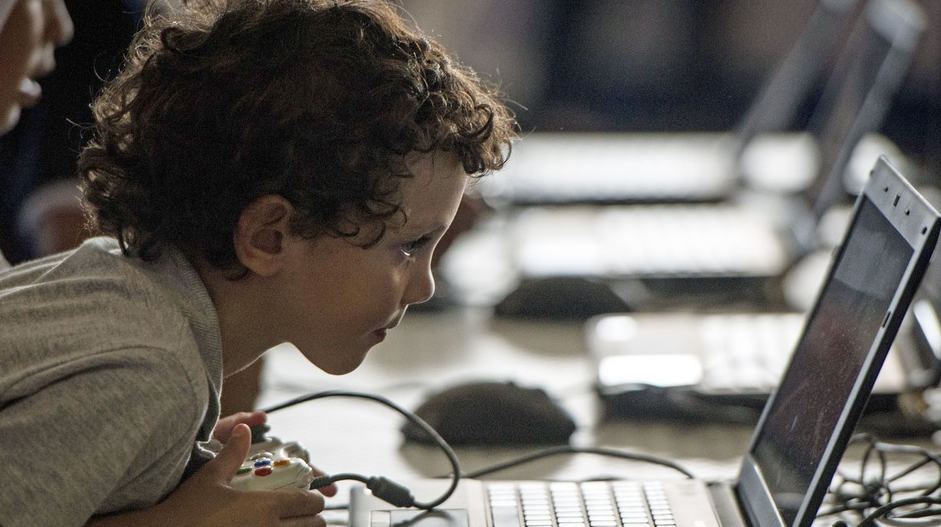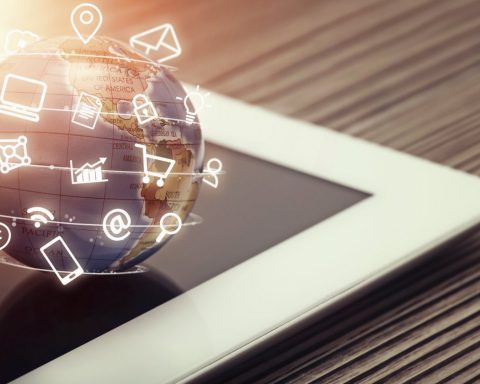During most of the 20th century, technology advances in educations were mostly implemented at the secondary school level. In the 21st century, however, education officials have realized the inherent benefit of introducing technology at the elementary school level. To this effect, these five technological advances are poised to make a significant impact on elementary education:
Interactive Whiteboards
These large-display interactive screens are commonly known as SMART boards and have been in American classrooms for more than a decade. A SMART board system consists of a computer, a screen, a projector, and specialized software; educators and students can touch the screen to write, draw, type, solve problems, and manipulate digital objects. The benefits of these whiteboards can be seen after the class ends, when a student goes home too. If the teacher chooses, a recording of the student or teacher walking through that day’s lesson could be available online as a resource for a student struggling with the homework.

Coding and Programming Education
Computer science used to be a subject taught exclusively at institutions of higher learning. In the 20th century, however, computer science programs were introduced to technical and vocational colleges as well as high schools. These days, elementary school students are learning the basics of computer programming. This is part of a paradigm shift to encourage students to be more than just consumers of technology. Billionaires and leaders from Mark Zuckerberg and Bill Gates to Barack Obama have encouraged children to learn how to code and program from a young age. It might seem far fetched, but schools could potentially start offering coding languages like C++ in lieu of, or in addition to traditional languages like French and Spanish.
Portable Computers

It was not too long ago that computer labs were replaced by school laptop programs. Those laptops are now being replaced by tablets, which are often considered to have been ready-made for the classroom. The rugged and sturdy Microsoft Surface tablets are able to withstand use by elementary school students, and some school districts encourage students to bring their iPads to the classroom. The app ecosystem for tablets these days is rich in educational offerings; in fact, iPad apps for toddlers are among the most downloaded items from the iTunes App Store.
Digital Storybooks
Websites dedicated to helping children create stories with colorful interactive tools are wonderful learning supplements for writing and language arts. Children these days are very receptive to the idea of creating digital storybooks that they can share with their peers. One of the most attractive factors of digital storybooks is their ability to incorporate images and video. By working with media at a young age, and incorporating it into their learning of basic skills like reading at a young age, students will be more prepared for a generation where much of their daily life is integrated with technology and the internet.
Video Conferencing and Online Social Networks
Elementary school students are deeply interested in connecting with their peers around the world. To this effect, web conferencing applications and social media platforms are wonderful tools for modern classrooms. For example, math and science teachers in the U.S. who wish to illustrate time zones around the world can arrange video conferences or real-time photo sharing with students in Australian classrooms. Gone are the days of pen pals who send paper letters between countries. Students may now leave elementary with real friends that live in different continents that they interact with regularly. In an increasingly international business world, this could be a huge asset. There is also huge potential with this type of technology in foreign language classes, where students in both cultures benefit from interacting with each other. Imagine your elementary school aged child learning Mandarin Chinese from a student their age in Chongquing, who is learning English from them. The possibilities are endless and exciting.
The technological advances described herein are just a small sample of the technology being used in elementary schools these days. It is certainly refreshing to know that 21st century learners are getting early exposure to the technology that will feature very prominently in their lives.











